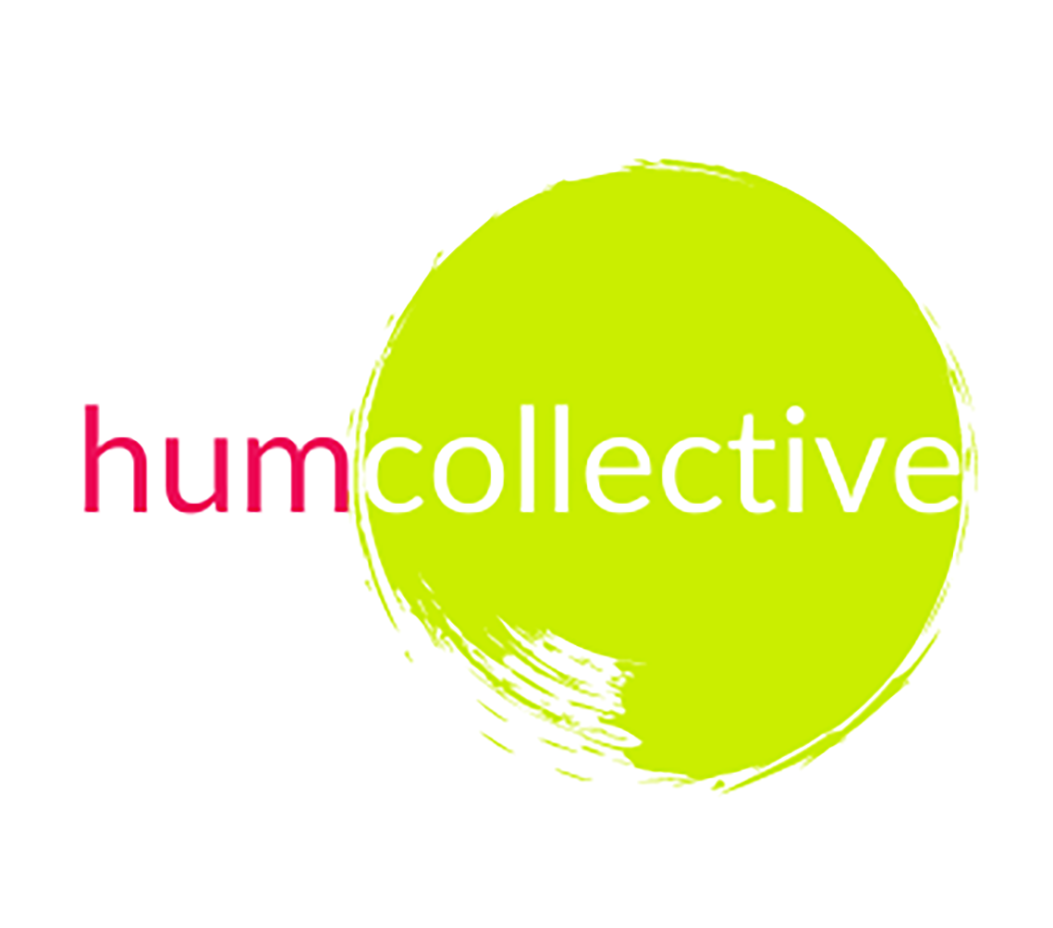Identifying the Need for Sensitive Leadership
You’ve heard us talk about The Sensitivity Paradigm™ at length. At this point, you may be wondering: does my organization need sensitive leaders?
Identifying the need for sensitive leadership within your organization isn’t always straightforward. It requires introspection, an understanding of current leadership challenges, and a willingness to make transformational changes.
In relation to our paradigm, sensitive leadership goes beyond fostering a considerate and empathetic work environment. It means being attuned to your surroundings, receptive to change, and guiding your team effectively through times of transition.
You’ll know your organization is lacking sensitive leadership if:
There’s an absence of resilience within your team. When your organization is struggling to bounce back from setbacks, displaying a lack of adaptability in the face of changing dynamics, or continuously operating in a reactionary mode, sensitive leadership is absent. Leaders trained in The Sensitivity Paradigm™ can help cultivate resilience, transforming challenges into growth opportunities and fostering an environment that embraces change rather than resists it.
Innovation is stagnant, and creative problem solving is scarce. Traditional leadership methods often prioritize stability and efficiency over innovation, inadvertently stifling creative thinking. If your organization seems stuck, lacking inventive ideas, it’s in need of sensitive leadership. With an emphasis on versatility and adaptability, sensitive leaders encourage innovation and foster a culture of curiosity and creativity.
There’s a widening gap between organizational vision and daily operations. Teams preoccupied with everyday tasks tend to lose sight of broader organizational visions. By fostering co-intelligence, sensitive leaders can ensure that every team member understands the larger picture and their role in it, aligning daily operations with long term goals.
So, the above scenarios resonated with your current organizational culture, and you’ve decided to make the move towards sensitive leadership — what happens next? Embracing this paradigm will require more than theoretical understanding — it involves an actionable plan and strategic journey of transformation.
Step 1: Establish a commitment to change. It’s imperative that every member of your organization (particularly those in leadership roles) is willing to part ways with conventional leadership norms.
Step 2: Embrace our comprehensive sensitivity training. This will involve keynote sessions designed to develop a future-forward perspective within your team, fostering an environment that encourages growth and embraces change.
Step 3: Adopt a leadership mindset. Leaders in your organization will need to be prepared for a shift in perspective, anticipating change and shaping strategies that guide your team towards future success.
Step 4: Prioritize strategic innovation processes. By utilizing tools like custom foresight, trend analysis, and sensemaking, your organization will begin to understand the complexities of its environment so leaders can make intentional decisions that propel your organization towards success.
Embracing sensitive leadership means a transformation in organizational culture. It means enabling teams to tackle future challenges head on, and embrace resilience, innovation, and adaptability. Relying on the collective versatility of its members, it encourages a culture where leadership becomes a shared responsibility, and individuals are seen as active contributors to strategic direction.
Are you ready to embrace The Sensitivity Paradigm™, building a resilient and future-ready organization? Learn more about sensitive leadership and discover how it can transform your team: https://www.humcollective.co/the-sensitivity-paradigm
